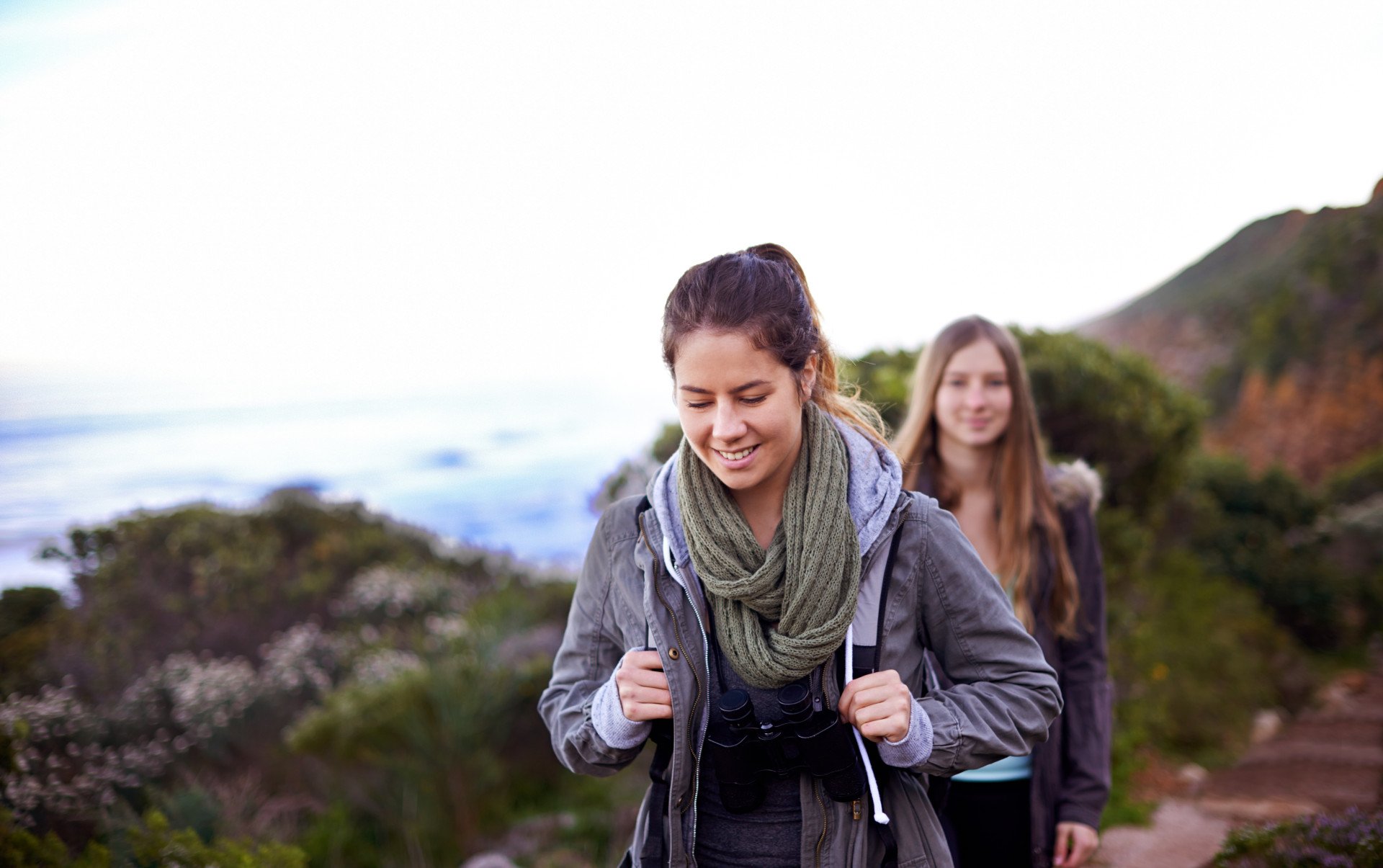Picture yourself halfway up a steep trail, lungs burning, legs trembling, the summit still out of sight.
You want to stop—but you don’t. Something quiet and steady inside keeps you moving.
That inner force, psychologists call grit—the blend of perseverance and passion that keeps us chasing goals even when the path turns uphill.
A new large-scale study from researchers at the China University of Geosciences explored what really cultivates that quality in young adults: routine workouts in the gym or unpredictable adventures in the wild.
The answer, it turns out, lies somewhere between sweat and scenery.

Key Points
- Both outdoor education and traditional PE boost students’ grit — their ability to stick with long-term goals.
- Outdoor programs like hiking or camping improve both perseverance and sustained interest more than standard gym-based classes.
- For female students especially, outdoor challenges seem to build motivation and confidence.
- Traditional PE may lose students’ interest over time, suggesting novelty and autonomy are key to lasting engagement.
- Mixing outdoor and traditional approaches could help strengthen both mental resilience and motivation.
The Study in a Nutshell
Over 1,200 university students took part in a 16–18 week course in either traditional physical education (basketball, aerobics, tai chi) or outdoor education (camping, rock climbing, wilderness survival).
Their grit levels were measured before and after using a well-established psychological scale assessing two traits: perseverance of effort and consistency of interest.
The study used a comparative design—essentially a real-world experiment—to see which environment did more to strengthen mental resilience.
Outdoor Adventures Train More Than Muscles
Both groups improved, but the difference was striking.
Outdoor education produced bigger gains across every measure of grit, especially perseverance.
Students who spent a semester facing real-world obstacles—mud, rain, steep inclines—became mentally tougher.
Why? Because nature doesn’t offer shortcuts. When you’re cold, tired, and miles from the nearest signal, quitting isn’t an option.
Every step forward reinforces the idea that effort pays off, even when no one’s keeping score.
That sense of mastery—“I can handle this”—builds the same kind of resilience linked to lower anxiety, better coping under stress, and greater life satisfaction.
In contrast, traditional PE improved students’ persistence but actually reduced their interest consistency—their ability to stay engaged with long-term goals.
Repetitive routines, limited autonomy, and predictable settings may dull curiosity over time, like running the same track until it blurs into habit.
Why Novelty Fuels Motivation
Outdoor education, by contrast, thrives on uncertainty.
Each new trail or task triggers the brain’s exploratory circuits, flooding us with dopamine—the neurochemical of curiosity and reward.
Novelty doesn’t just keep us entertained; it keeps us engaged.
From the perspective of Self-Determination Theory, outdoor programs tick three psychological boxes that drive motivation: autonomy (you choose how to face challenges), competence (you see tangible progress), and relatedness (you rely on teammates).
Together, they create a powerful recipe for intrinsic motivation—the kind that sustains effort long after external rewards fade.
When students rappel down a cliff or pitch a tent in the dark, they’re not just learning survival skills.
They’re building self-trust, adaptability, and emotional regulation—core ingredients of mental health.
Gender Differences and the Social Brain
Interestingly, the study found that female students gained more from outdoor education than male students, particularly in perseverance.
Researchers suggest this may be because outdoor activities emphasize cooperation and mutual support—elements that strengthen social connection and confidence.
For many women, the outdoor setting may feel more empowering than competitive sports environments, offering a space to test limits without judgment.
In contrast, male students already motivated by competition may find less novelty or social reward in outdoor courses, limiting additional gains.
These gender patterns highlight a broader truth: resilience doesn’t grow in isolation.
It emerges in relationships—between people, environments, and the challenges they share.
When Routine Backfires
So why did students lose interest in traditional PE?
The researchers suspect monotony and rigid instruction.
When classes focus too narrowly on technique or performance, they can undermine curiosity and autonomy—the very forces that sustain motivation.
This echoes findings across psychology: people thrive when they feel agency.
Whether it’s choosing your own workout style or setting a personal pace, autonomy fuels engagement.
Without it, even beneficial habits start to feel like chores, and motivation withers.
From Exercise to Emotional Resilience
The implications reach far beyond university campuses.
The same principles apply to anyone trying to build grit in daily life.
Novelty, choice, and challenge keep the mind supple. Whether it’s learning a language, training for a marathon, or managing anxiety, growth happens when we push just past our comfort zone.
Clinicians can draw from this research too.
Nature-based and adventure therapies—already used in trauma and addiction recovery—may owe part of their power to the very mechanisms highlighted here: exposure to controlled stress, mastery experiences, and the restorative effects of natural environments.
Why It Matters
Modern life often rewards speed over stamina. Yet enduring through discomfort—without burning out—is what sustains mental health.
This study shows that the environment we learn in shapes not just our bodies but our minds’ ability to persist.
In a world of digital distraction and instant gratification, outdoor education reminds us that resilience grows through friction.
Each uneven step, each cold night, each moment of “I can’t” turned into “I did”—these are the neural workouts of grit.
For students, therapists, and anyone chasing long-term change, the message is simple: step outside. The mountain isn’t just a metaphor. It’s a classroom for the mind.
Reference
Li, L., Chu, Z., Zong, B., Zeng, Z., Zeng, Y., & Zhou, Y. Cultivating Grit among College Students: A Comparative Study between Traditional Physical Education and Outdoor Education. Frontiers in Psychology, 16, 1485208. https://doi.org/10.3389/fpsyg.2025.1485208


